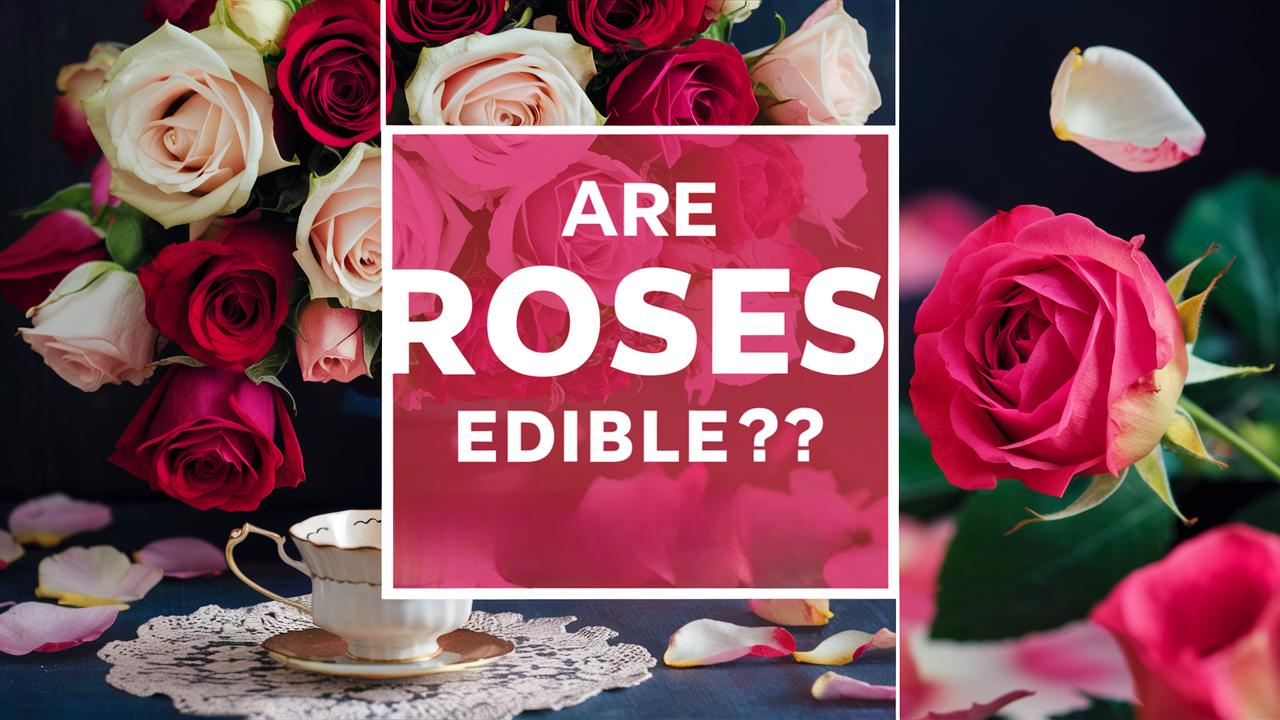When we think of roses, the first images that often come to mind are those of romantic gestures— a bouquet gifted during a special occasion or a garden bursting with vibrant colors. Yet, roses possess a fascinating secret: beyond their stunning beauty and heady fragrance, they are entirely edible
A Brief Introduction to Edibility
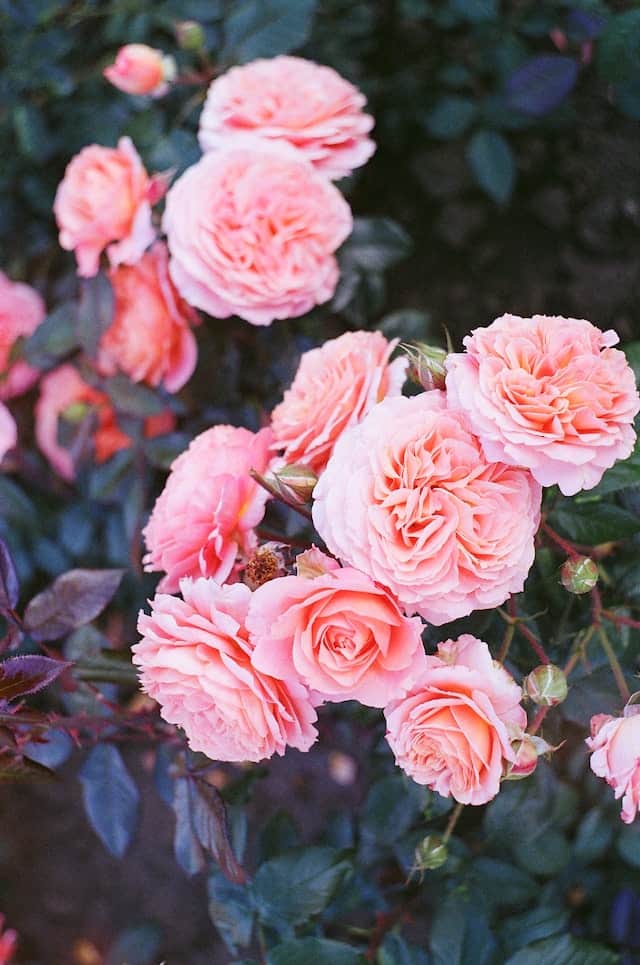
Before we head into the world of edible roses, it’s essential to understand the concept of edible flowers. While many flowers are beautiful to look at, not all are safe for consumption. Edible flowers have a flavor profile that can vary from sweet to peppery and can be used in a variety of culinary applications. Roses fall into the category of edible flowers, specifically their petals, which come in various colors, each offering a unique taste. The most common roses used for culinary purposes are those of the Rosa gallica, Rosa damascena, and Rosa rugosa species.
The Flavor Profile of Roses
Roses are known for their distinct and delicate flavor, which is often described as floral and slightly sweet. Each variety may offer subtle differences in taste, with some petals possessing hints of fruitiness or even a touch of spiciness. The color of the rose petal can also influence its flavor; for example, red roses tend to be more fragrant and sweeter, while white and yellow roses may have a milder taste. The combination of these flavors with other ingredients can create intriguing dishes that surprise the palate and elevate ordinary meals.
Nutritional Benefits of Roses
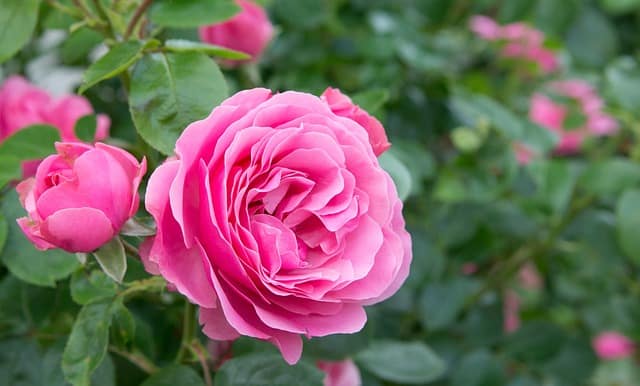
In addition to their culinary applications and aesthetic appeal, roses also boast several nutritional benefits. Rose petals, in particular, are rich in vitamins and antioxidants. They typically contain:
Vitamin C: Essential for immune function and skin health, vitamin C is abundant in rose petals—this vitamin helps the body fend off infections and maintain healthy connective tissue.
Antioxidants: Roses are packed with various antioxidants, including flavonoids and phenolic compounds. These help combat oxidative stress, which is linked to various chronic illnesses.
Anti-inflammatory Properties: The compounds found in rose petals can help reduce inflammation, which is beneficial for overall health.
Digestive Aid: Rose tea, made from dried petals, has been known to promote healthy digestion and alleviate stomach discomfort.
Incorporating roses into your diet could provide these health benefits along with their delightful flavor, making them an exceptional addition to both meals and beverages.
Safe Sourcing of Edible Roses

When considering the addition of roses to your cuisine, sourcing is crucial. Not all roses are created equal, and it’s vital to ensure that the flowers you consume are safe and chemical-free.
Grow Your Own
One of the best methods for ensuring that the roses you eat are safe is to grow your own. This way, you can control the soil quality and the absence of harmful pesticides. Choose organic methods of gardening to promote healthy growth without the use of chemicals.
Buy from Reputable Sources
If growing your own roses isn’t an option, consider purchasing edible roses from a trusted local nursery or farmers’ market. You can also find them at specialty grocery stores that focus on organic and healthy foods. Make sure to ask questions about how the roses were grown and whether any chemicals were used.
Avoid Toxic Chemicals
It’s also important to note that some rose varieties may be treated with pesticides and other harmful chemicals, making them unsafe for consumption. Always opt for certified organic flowers when purchasing them from external sources.
Preparing Roses for Culinary Use

Once you have sourced your edible roses, the next step is preparation. Here’s how to get the most out of your blooms:
Cleaning Your Roses
Rinse Thoroughly: Gently rinse the petals under cold water to remove any dirt or insects. Be careful not to bruise the petals, as this can affect their integrity and flavor.
Remove the Base: Cut or gently pull the petals away from the base (the white part) of the flower, which can be bitter and tough.
Drying: If you’re planning to store your petals, make sure to dry them properly. Spread the petals out on a clean towel or drying rack, ensuring they are in a single layer to avoid mold.
Using Roses in Cooking
Once your roses are prepped and ready, they can be incorporated into a wide variety of dishes. Here are some common ways to enjoy edible roses:
Salads: Fresh rose petals can add a delightful touch to any salad. Their vibrant colors and subtle flavors elevate the presentation and taste.
Teas: Rose tea is a classic. Steeping dried rose petals creates an aromatic beverage that can be enjoyed hot or cold.
Jams and Jellies: Rose petal jam is a traditional delicacy in many cultures. The floral sweetness makes for a lovely spread for breads and pastries.
Desserts: Incorporate petals into cakes, cupcakes, or ice creams for a fragrant hint of floral flavor.
Garnishes: Use rose petals as an elegant garnish for cocktails, soups, or desserts to provide a pop of color and a hint of flavor.
Delicious Recipes Featuring Roses
To inspire you to use roses in your kitchen, here are three delicious recipes that highlight the beauty and flavor of these edible blooms.
Rose Petal Jam
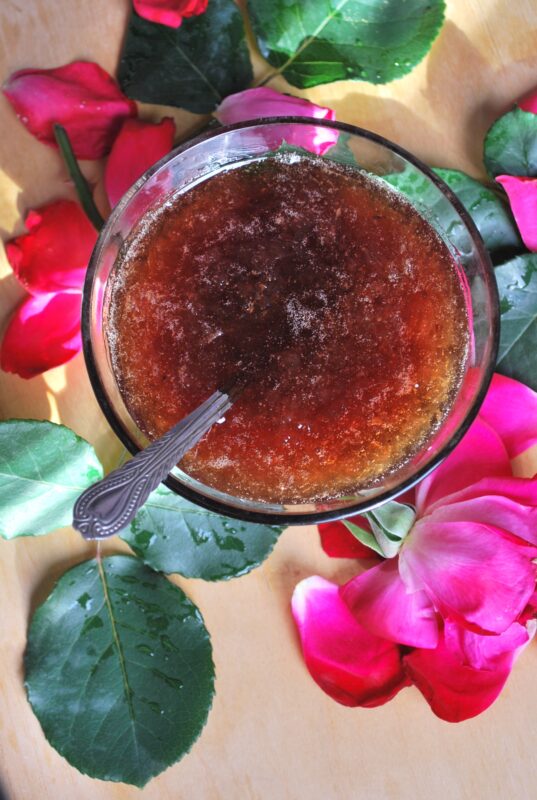
Ingredients:
1 cup fresh rose petals (preferably from unsprayed plants)
1 cup water
1 lemon (juiced)
2 cups sugar
1 tablespoon pectin (optional)
Instructions:
Clean the rose petals thoroughly and remove the white base.
In a saucepan, combine the water and lemon juice. Bring to a boil.
Add the rose petals and simmer for about 10 minutes until they soften.
Remove from heat, strain the mixture, and return the liquid to the saucepan.
Stir in sugar and bring it to a boil until the sugar dissolves. If using pectin, add it at this stage and stir well.
Boil for another 5-10 minutes until it reaches a jam-like consistency.
Pour into sterilized jars and let it cool. Store in the fridge for up to a month, or can it for longer preservation.
Rose Tea Infusion
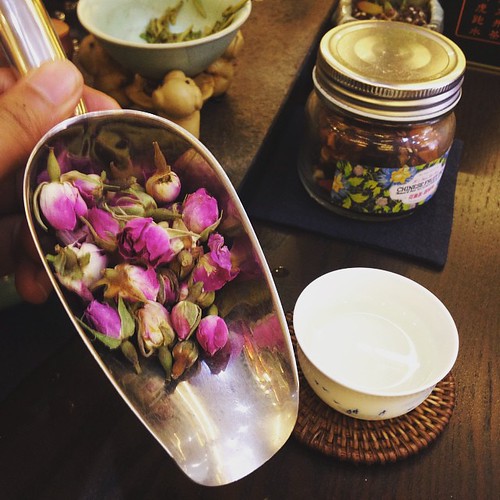
Ingredients:
1 cup fresh or dried rose petals
4 cups boiling water
Honey or sugar (to taste)
Lemon slices (optional)
Instructions:
Place the rose petals in a teapot or a heatproof container.
Pour the boiling water over the petals and let them steep for about 10-15 minutes.
Strain the tea into cups and sweeten with honey or sugar if desired.
Add lemon slices for an extra zing.
Enjoy hot or chill for a refreshing iced rose tea.
Rose-Infused Salad
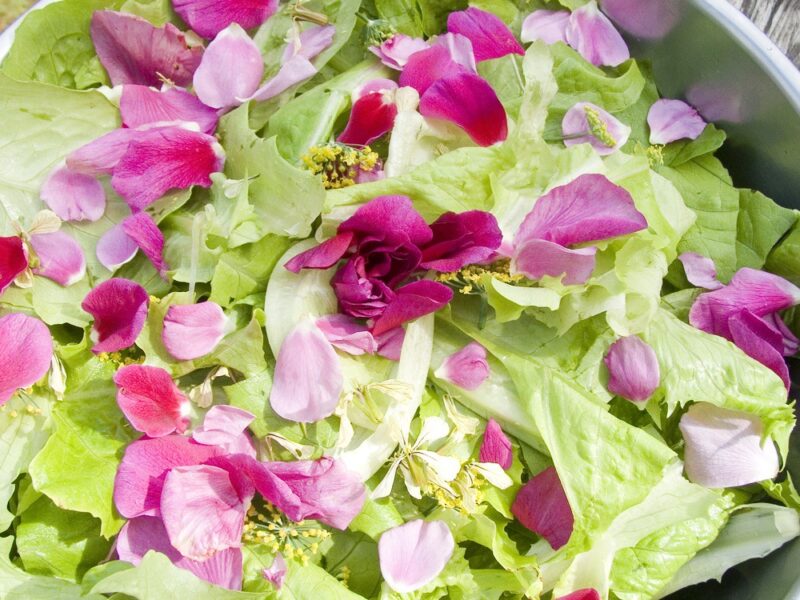
Ingredients:
Mixed greens (arugula, spinach, or your choice)
1 cup fresh rose petals
1 cup sliced strawberries
1/2 cup candied nuts (almonds or walnuts)
Feta cheese (optional)
Balsamic vinaigrette
Instructions:
In a large salad bowl, combine mixed greens and strawberries.
Gently add in the fresh rose petals and candied nuts.
Sprinkle feta cheese on top if desired.
Drizzle with balsamic vinaigrette and toss gently.
Serve immediately as a delightful and visually appealing salad.
Conclusion: The Culinary Charm of Roses
In summary, roses are not just symbols of love and beauty—they are also a versatile ingredient with culinary charm. From their vibrant colors to their delicate flavors, roses can transform both everyday meals and special occasions into extraordinary experiences.


